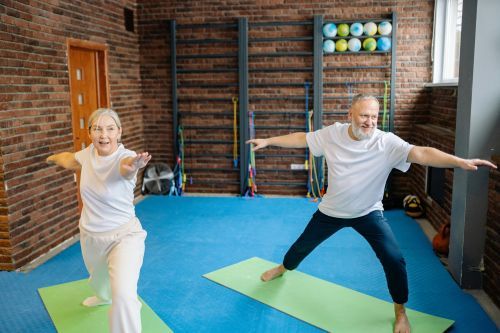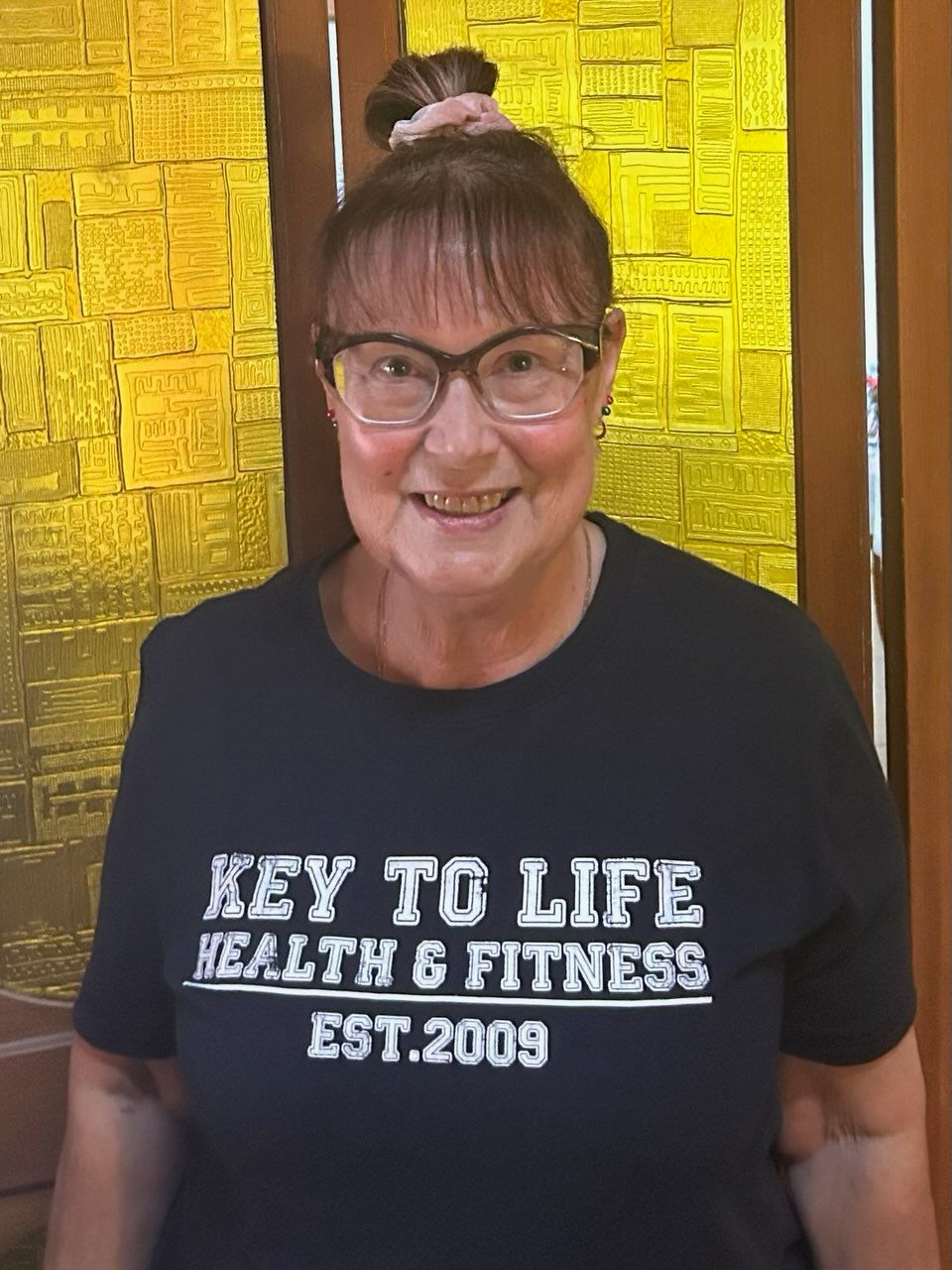How to Maintain Muscle Mass as You Age
How to Maintain Muscle Mass as You Age

As we grow older, maintaining muscle mass becomes more than a fitness goal—it’s a cornerstone of healthy aging. Age-related muscle loss, or sarcopenia, affects up to 50% of adults over 80. But with the right strategies, you can stay strong, mobile, and independent well into your later years.
💡 Why Muscle Mass Matters More Than Ever
Muscle supports more than movement. It:
- Stabilises joints and improves balance, reducing fall risk
- Boosts metabolism, helping manage weight and blood sugar
- Supports bone density, reducing osteoporosis risk
- Improves mental health, with strength training linked to reduced symptoms of depression and anxiety
🏋️♂️ 1. Strength Training: The Foundation of Muscle Health
Progressive resistance training is the gold standard for preserving muscle. This means gradually increasing the challenge—whether through heavier weights, more reps, or new movements. Functional training, which mimics real-life movements like lifting, reaching, and twisting, is especially effective for older adults.
Tip: Aim for 2–3 sessions per week. Focus on compound movements like squats, lunges, and rows. Exercises can be modified to suit all fitness levels.
🍳 2. Protein Timing and Quality
Older adults need 1.2–2.0 grams of protein per kilogram of body weight per day to maintain muscle. Spread intake evenly across meals to maximise muscle protein synthesis.
Smart protein sources:
- Lean meats, eggs, Greek yogurt
- Legumes, tofu, tempeh
- Whey or plant-based protein powders (ideal post-workout)
Tip: Pair protein with resistance training for best results. A post-workout smoothie with protein and carbs helps muscle recovery.
🌞 3. Nutrients That Support Muscle
- Vitamin D: Essential for muscle function. Many older adults are deficient. Get tested and consider supplements if needed.
- Omega-3 fatty acids: Found in salmon, walnuts, and flaxseeds. They reduce inflammation and may enhance muscle protein synthesis.
- Creatine: A well-researched supplement that may benefit older adults by improving strength and lean mass. Always consult a healthcare provider first.
🧘 4. Complementary Movement: Yoga, Pilates & Walking
While strength training builds muscle, low-impact movement maintains mobility and joint health.
- Yoga improves flexibility, balance, and body awareness.
- Pilates strengthens the core and stabilising muscles.
- Walking boosts circulation and supports cardiovascular health.
Tip: Aim for 150 minutes of moderate activity per week, including walking, gardening, or dancing.
📊 5. Track Progress with Body Composition Scans
Muscle doesn’t always show on the scale. Body composition scans are a powerful tool to measure muscle mass, fat percentage, and hydration.
Tip: Schedule scans every 8–12 weeks to monitor changes and adjust your training or nutrition accordingly.
🤝 6. Stay Social and Supported
Group fitness and personal training offer more than structure—they provide accountability, motivation, and community. Training with friends or joining a class can make fitness more enjoyable and sustainable.
Conclusion: How Key to Life Can Help
At Key to Life Health and Fitness, we’re here to help you stay strong, mobile, and confident—no matter your age.
Based in Lower Plenty, we offer:
- Personal training tailored to your goals and fitness level
- Small-group studio classes including Body Blitz, Box Blast, Pilates, and yoga
- Seniors fitness classes three times weekly for safe, functional movement
- Outdoor group fitness at Sherbourne Primary School in Briar Hill
- Body composition scanning using the X-Scan Plus 950
- HealthyME weight loss program with app-based tracking and coaching
- Online resources including home workouts and healthy recipes
Whether you're in Eltham, Lower Plenty, Briar Hill, Montmorency or the surrounding area, our experienced trainers and supportive community are ready to help you maintain muscle mass and live well.







